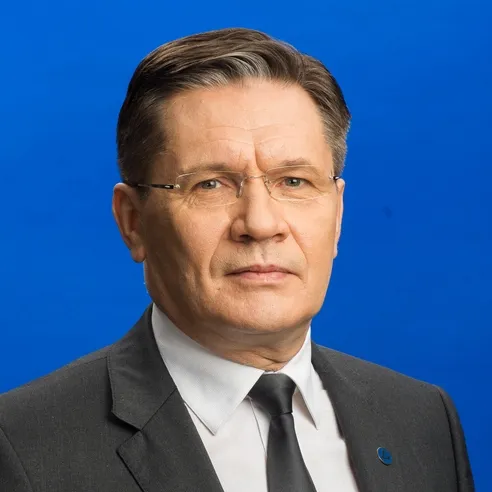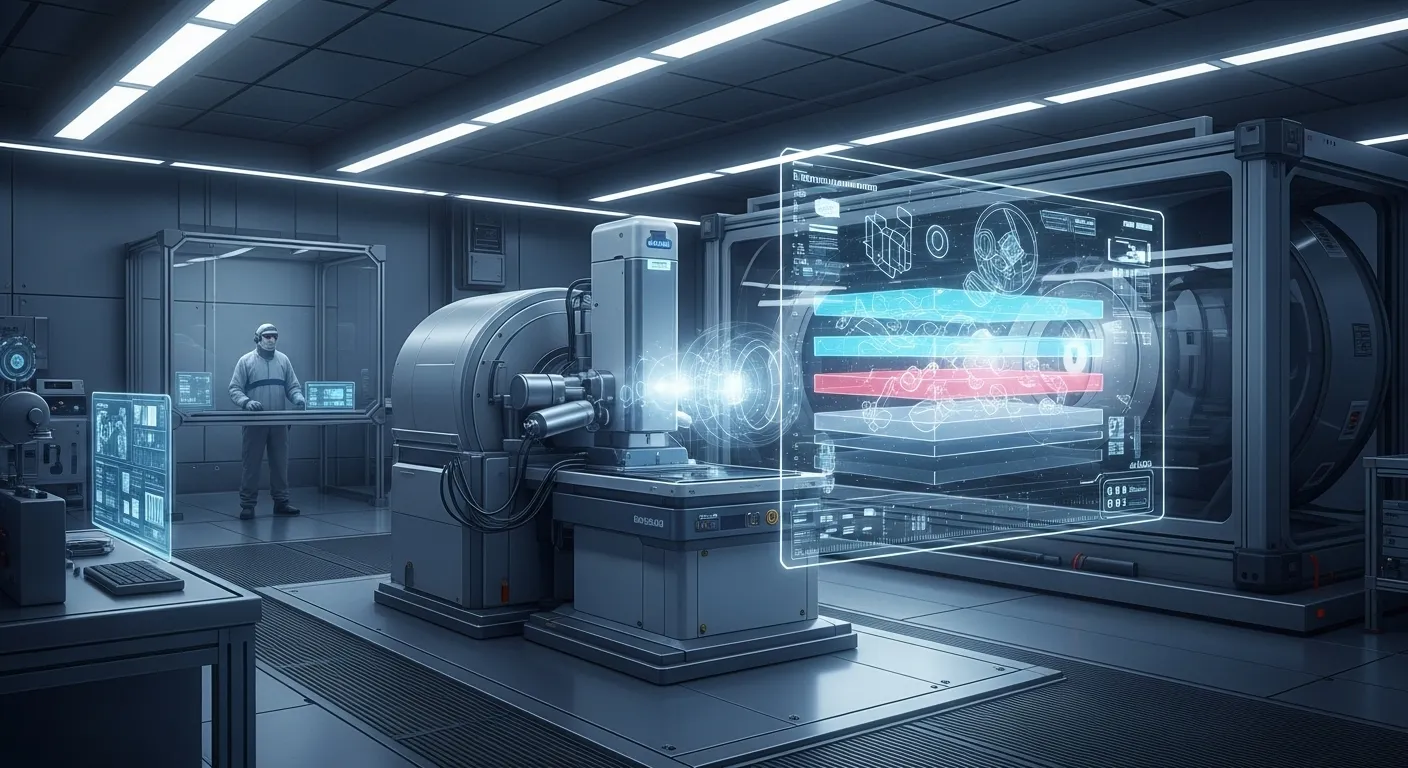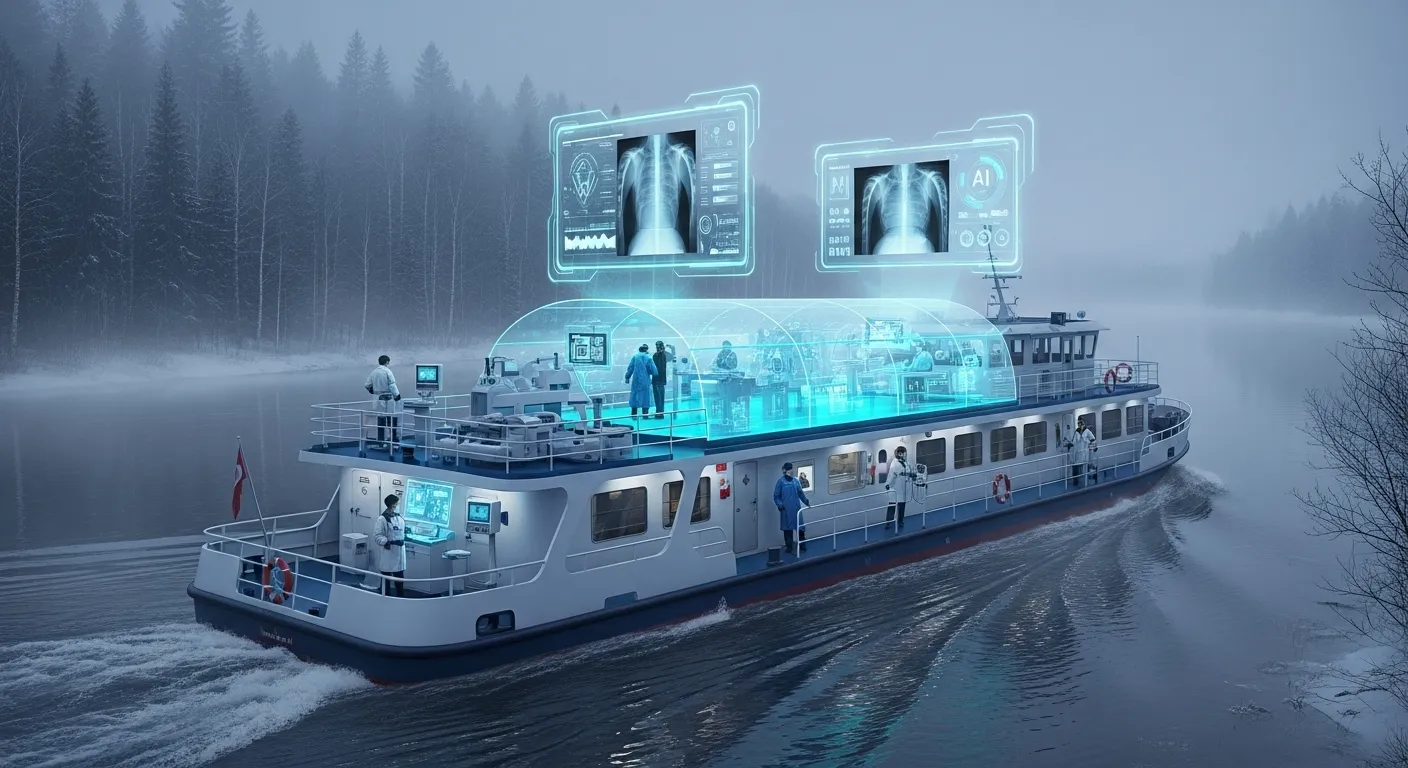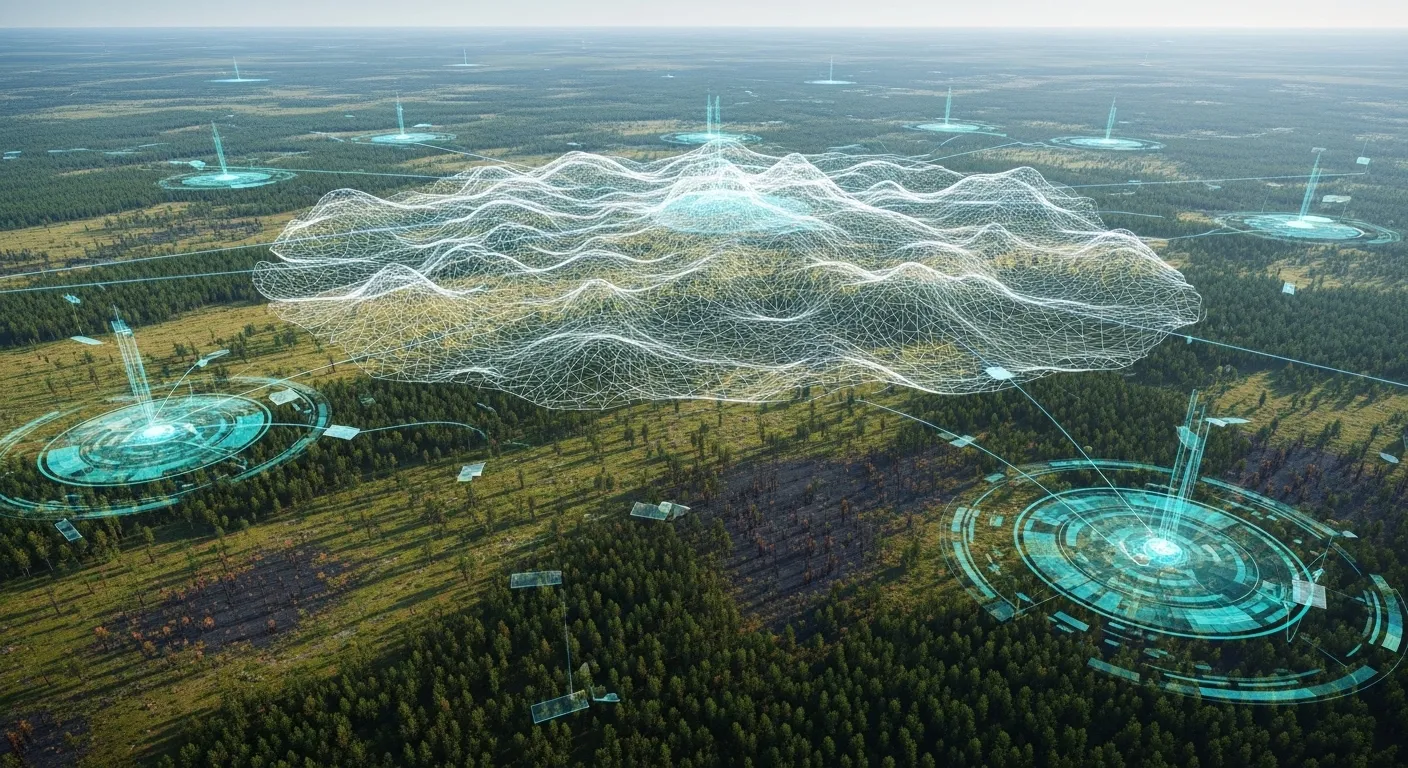Russia Develops Robotic Tomograph for ITER: A Leap Toward a Fusion Future

Russian engineers have launched a robotic ultrasonic tomograph for ITER, enhancing the country’s position in international high-tech collaborations and supporting the future of clean fusion energy.
Precision for Fusion Safety
Developed by Tomsk Polytechnic University and the Efremov Research Institute of Electrophysical Apparatus (NIIEFA) of Rosatom, the robotic ultrasonic tomograph is designed to inspect welds, thickness, and material structures inside the ITER vacuum vessel. The system has undergone full-scale testing on various components, proving both its accuracy and reliability. Integration into ITER—one of the world’s largest energy projects—demonstrates Russia’s capability to develop complex, high-precision technologies that meet the strictest safety and quality requirements.
The achievement reflects the high level of expertise within Russia’s nuclear and IT sectors. The system detects defects in welds and structural components down to the micrometer level—crucial for reactor integrity and long-term operational safety.

Commercial and Strategic Potential
The robotic tomograph holds strong export potential. Russian software and robotic systems for non-destructive testing could appeal to technologically advanced nations for use in nuclear facilities, oil and gas platforms, aerospace components, and beyond. Participation in ITER enhances the system’s credibility, creating new export opportunities in China, India, and the European Union. China, for instance, is expanding its nuclear energy program and may adopt such systems for reactor safety. India could use them for infrastructure inspection.
Domestically, the technology can be applied to Russian reactors such as the FELIX experimental system and Rosatom’s small modular reactors. Other applications include the defense sector, turbine inspections, and pipeline integrity assessments in the oil and gas industry. Localizing service centers for equipment maintenance will further reinforce Russia’s technological sovereignty and reduce dependency on foreign solutions.
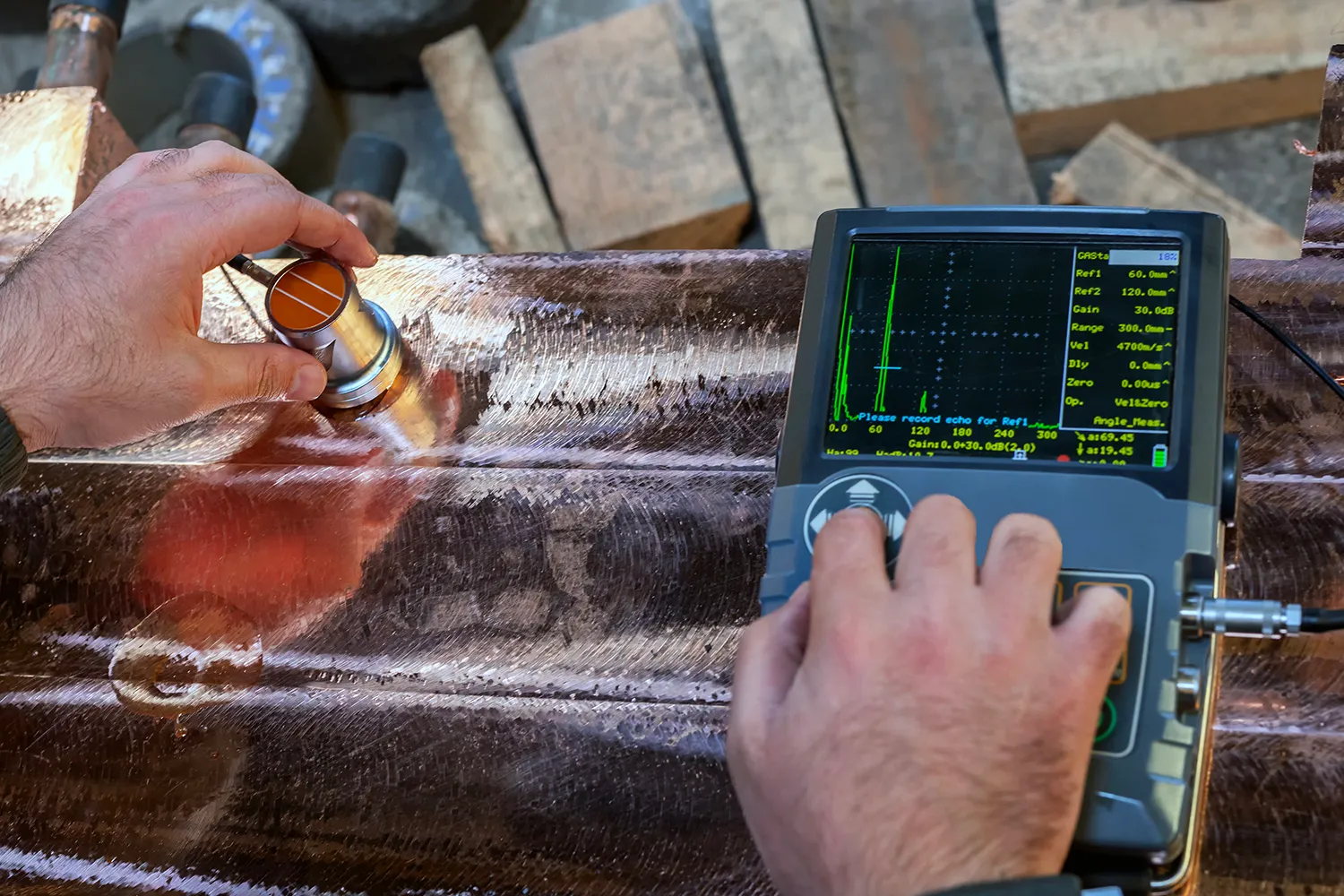
Strengthening ITER Collaboration
Russia has steadily increased its contributions to ITER. In April 2025, Russian specialists presented a laser-based 3D scanning tomograph with domestic software that reduced inspection times from hours to minutes—an important advancement for ITER timelines. In May, the country completed testing of a 3,000-ton superconducting magnetic system based on Russian superconductors.
During the same period, Russian engineers also supported successful tests of the MITICA neutral beam injector prototype—a critical ITER subsystem. These milestones reinforce Russia’s role as a core technological partner in a global project that unites 35 countries. The new robotic tomograph integrates state-of-the-art IT, including automation and robotics, into one of the most ambitious scientific collaborations of the century.

Expanding Reach and Domestic Application
The robotic tomograph reinforces Russia’s position not only as a supplier but as a full-fledged technology partner for ITER. Over the next 2–3 years, Russia anticipates growing demand for its non-destructive testing systems, particularly from Asian and EU markets. At home, these systems are expected to support infrastructure in energy, defense, aerospace, and agriculture by ensuring the integrity of critical equipment.
As ITER moves toward plasma operations between 2025 and 2035, the demand for service and modernization of advanced diagnostic systems will rise. Russia’s contributions not only reflect its capacity to engineer frontier solutions but also bolster its standing in the global nuclear ecosystem.


